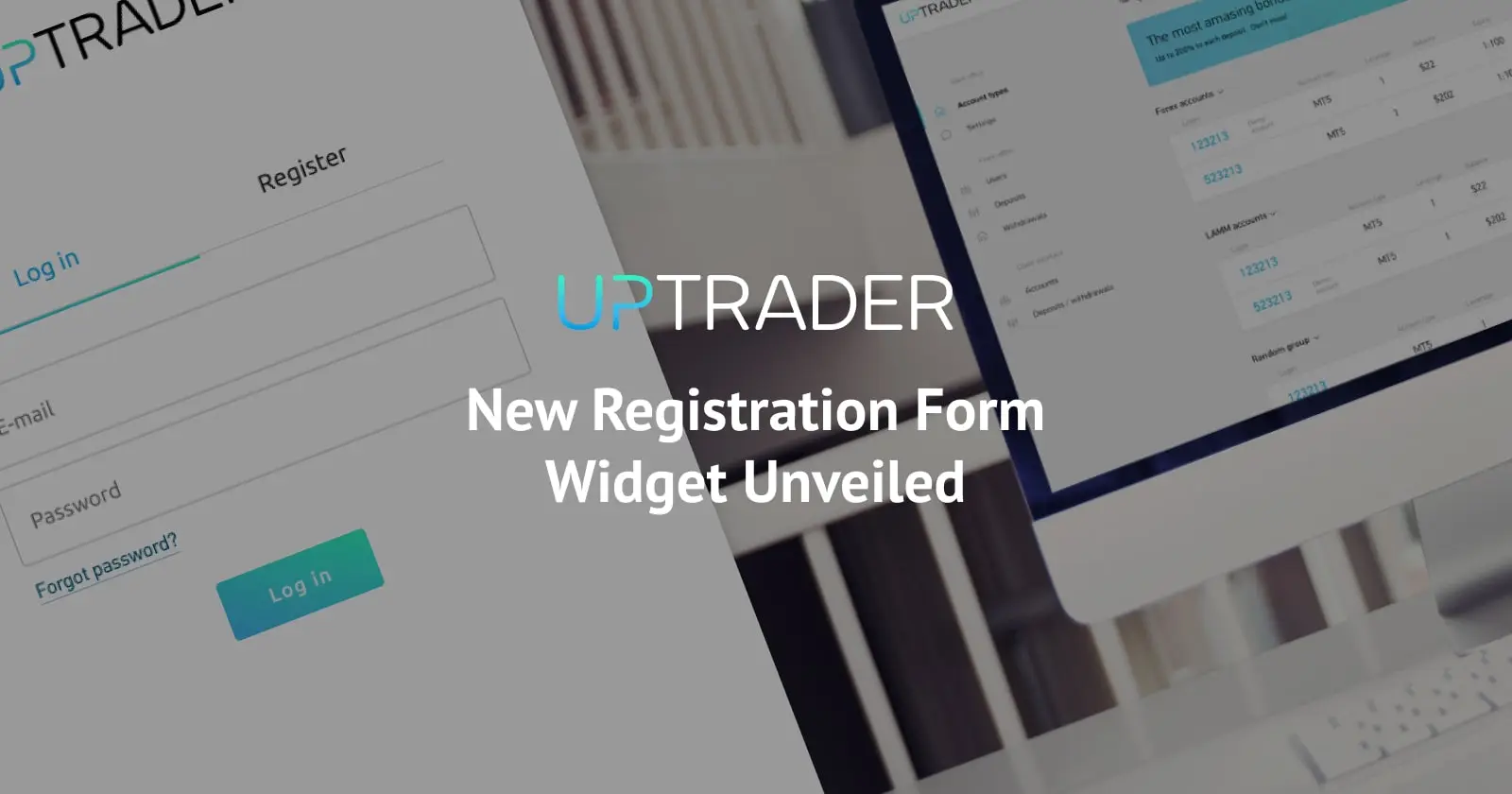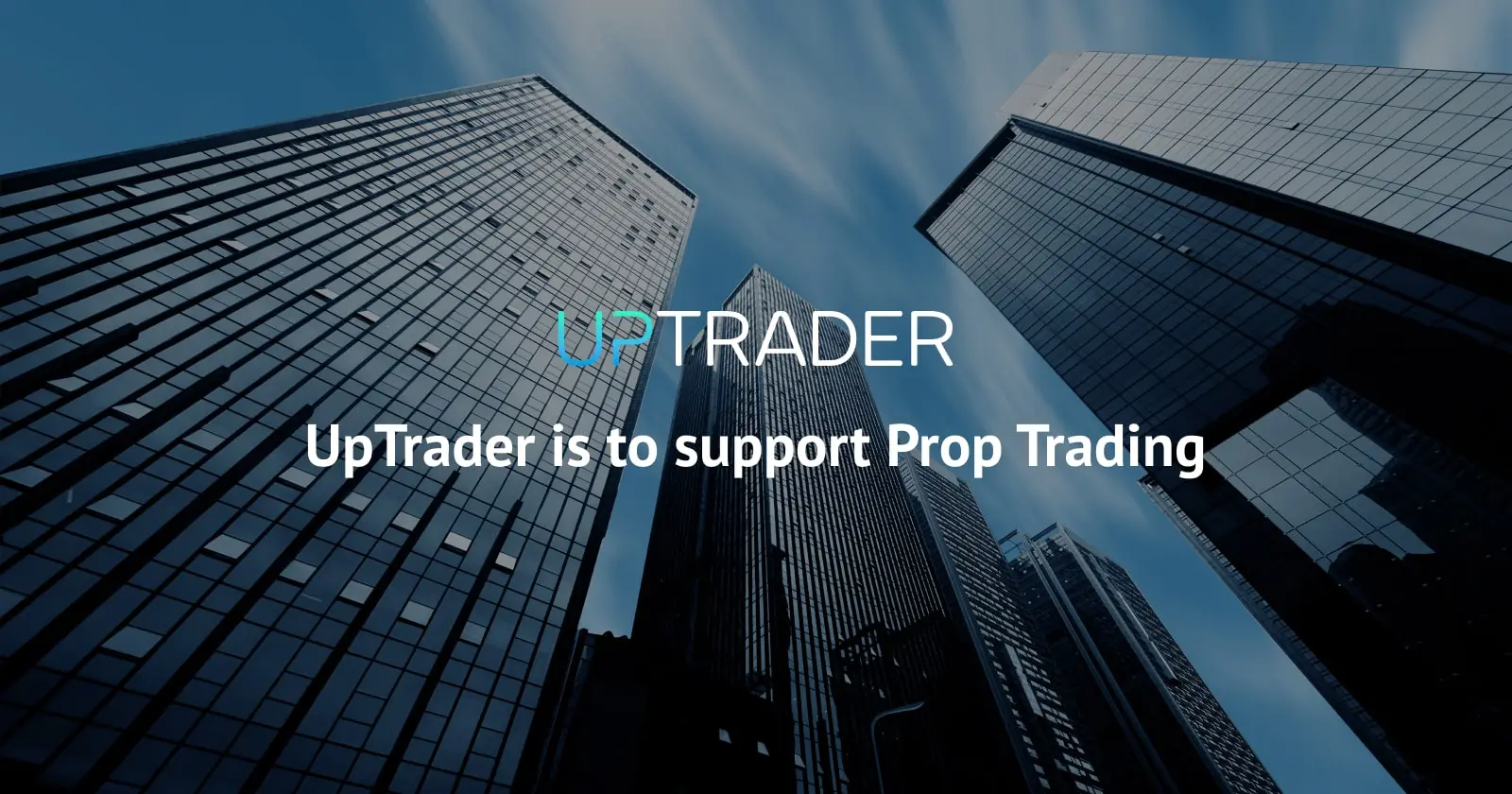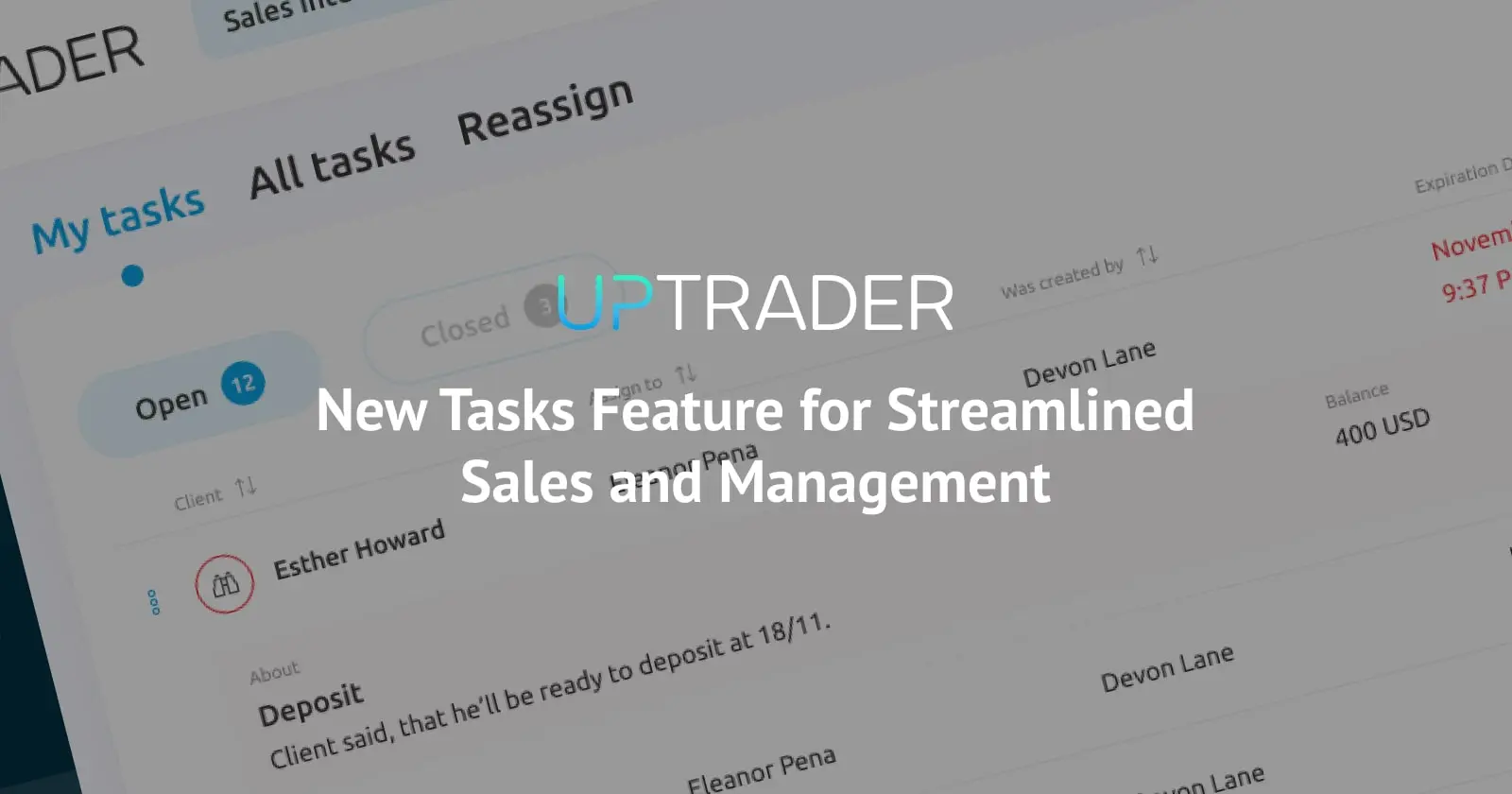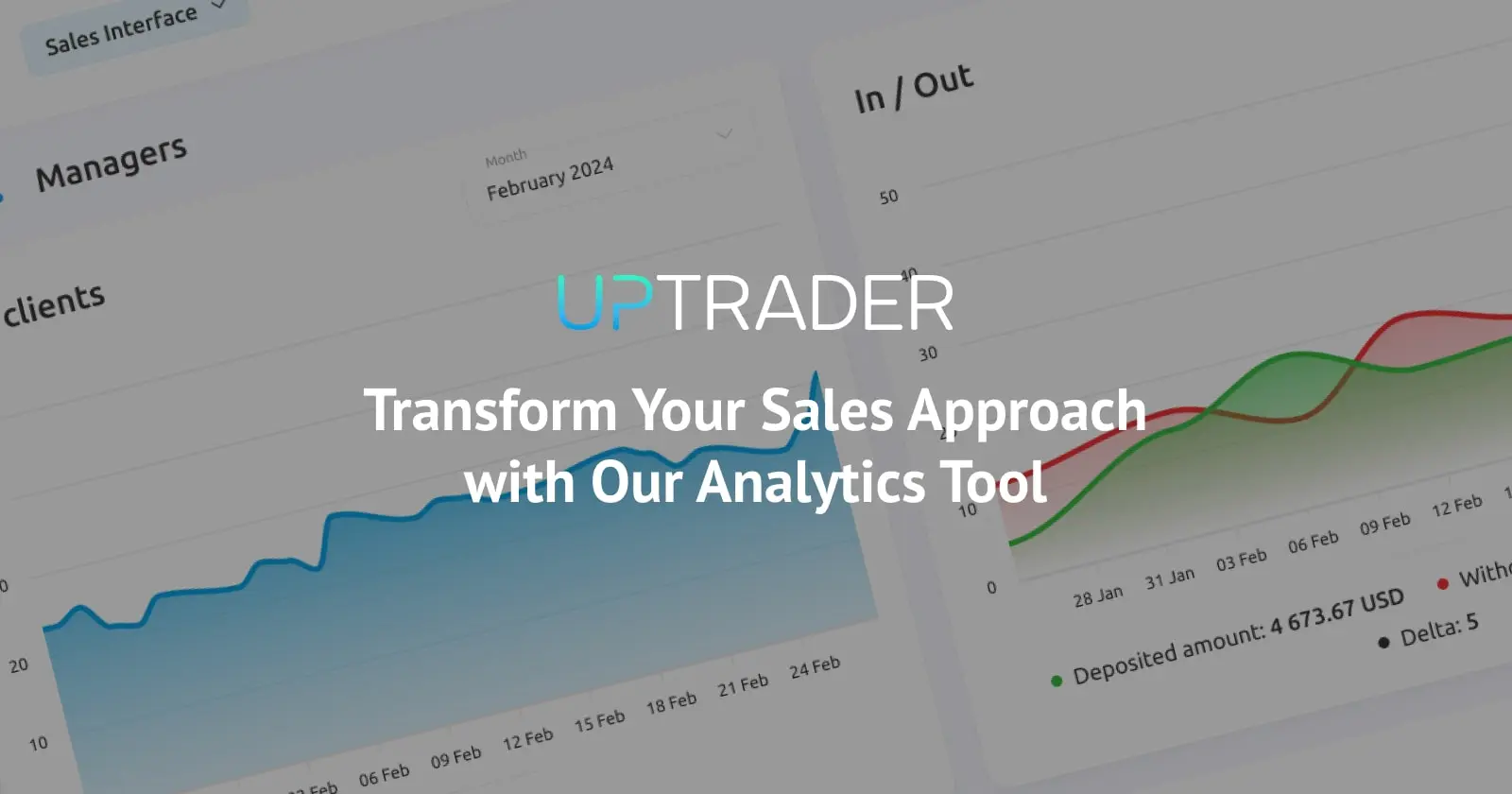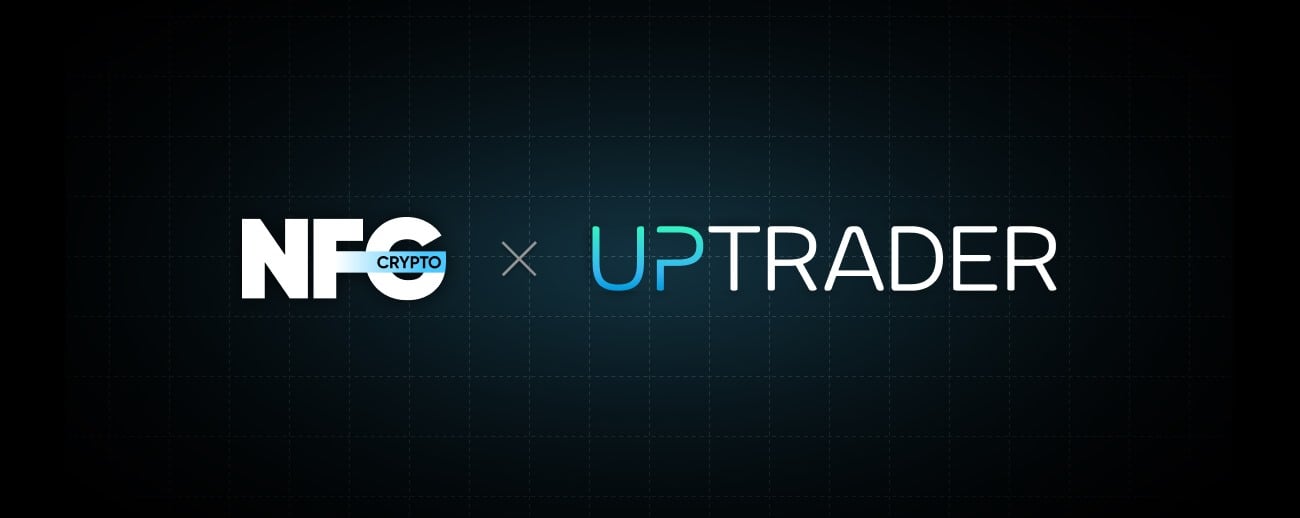
The Future of Payment Solutions for Businesses Worldwide
NFG stands as a versatile payment processing powerhouse, adept at handling both fiat and cryptocurrency transactions with finesse. While NFG Fiat specializes in facilitating fiat transactions, NFG Crypto caters to the burgeoning realm of cryptocurrency transactions.
Together, they ensure businesses have access to versatile financial solutions tailored to their needs.
Pioneering Fiat Settlement - NFG Fiat Revolutionising the Standard
The unique NFG Fiat feature, that end-users of over 169 countries pay in fiat currency with diverse payment options (credit card, SEPA, and many more), while companies receive crypto funds instantly at their designated wallet address, grants businesses full control over their finances in a decentralized manner. This not only streamlines financial operations but also mitigates risks associated with traditional fiat payment processing methods. NFG Fiat prides itself on its zero-chargeback and rolling reserve guarantee, offering businesses unparalleled peace of mind when it comes to financial security.
With a commitment to simplicity, NFG Fiat provides a smooth same day integration for Uptrader clients without any setup or fixed monthly fees. Support and troubleshooting are made hassle-free with access to a dedicated Telegram group with NFG representatives, available 24/7.
Better than the Rest - NFG Crypto's Trusted System
In the competitive arena of cryptocurrency payment processing, businesses trust NFG Crypto because it offers an audited technology with no hidden fees or harmful automated swap increases, ensuring a fair, 100% transparent and predictable experience for all users. Moreover, what truly sets NFG Crypto apart, is its consistent track record of providing lower fees than its competitors.
By waiving a setup fee, eschewing time-consuming KYC/KYB processes, and offering a dedicated Telegram Group manned by Devs, NFG Crypto facilitates easy integration and smooth ongoing support. Additionally, businesses can enjoy the flexibility of fast and simple swaps at the lowest rates and process payouts whether individual, mass, or through API, across a wide range of cryptocurrencies and networks.
UpTrader Highlights NFG's Excellence
NFG has been UpTrader’s partner for years, and their constant evolution is why we deeply value our relationship. Their tech solutions are top-notch, and their adaptability is commendable, says Vasily Alexeev, CEO of UpTrader
UpTrader is happy to provide our clients with the support offered by NFG. NFG stands out as a comprehensive solution for brokers aiming to integrate fiat and cryptocurrency payments seamlessly into their operations.





